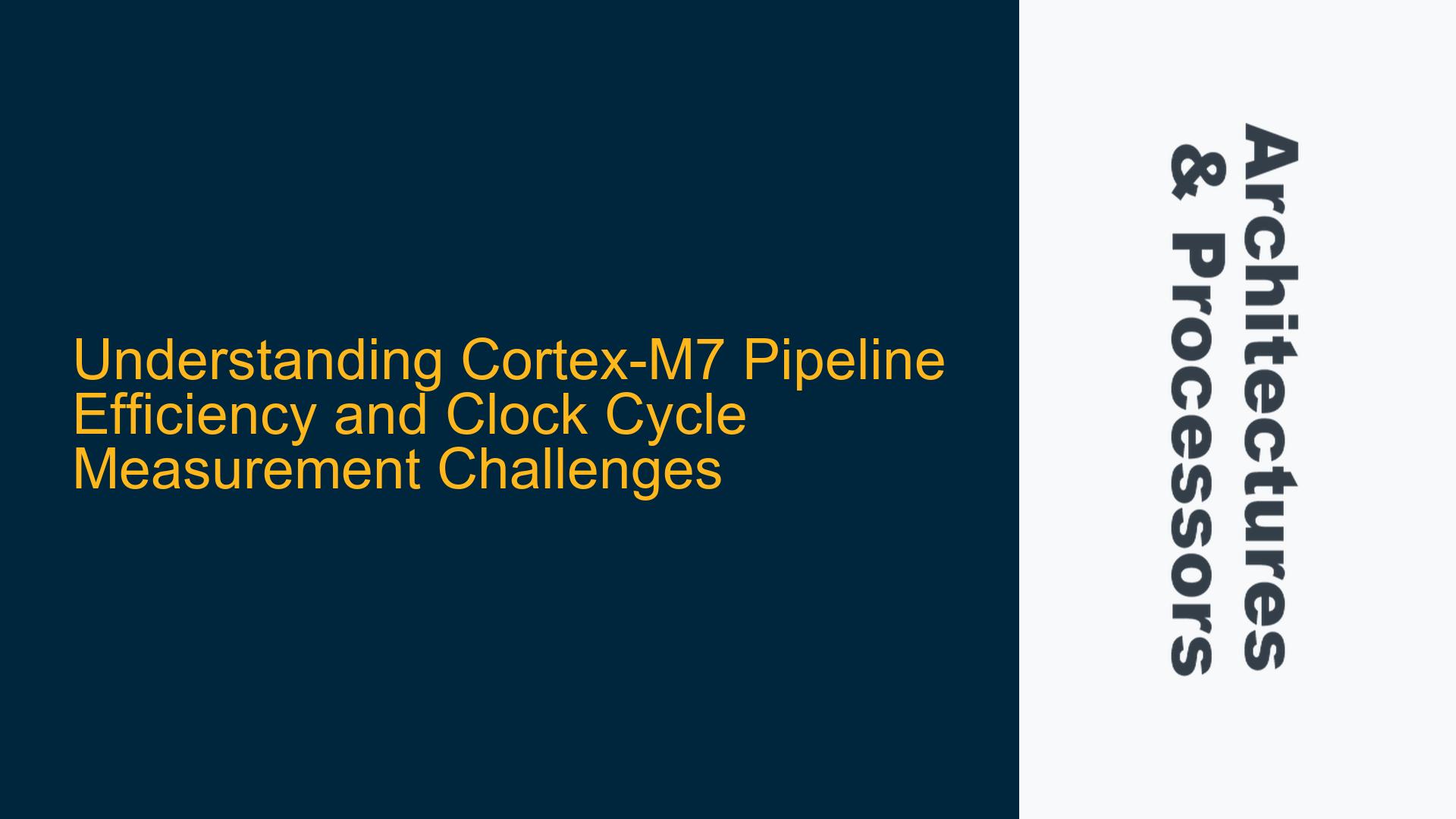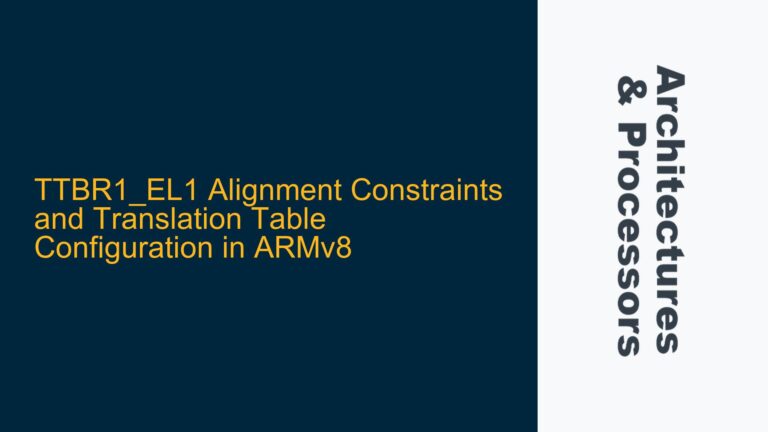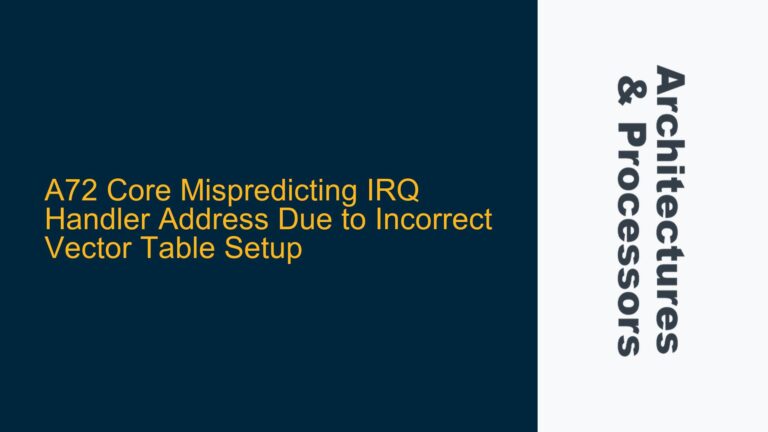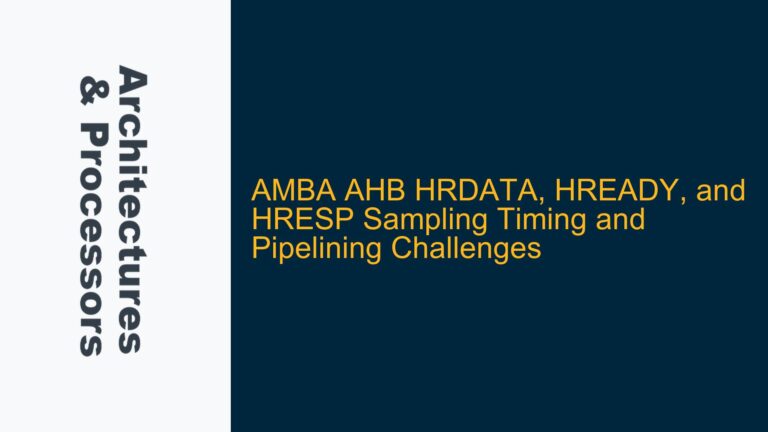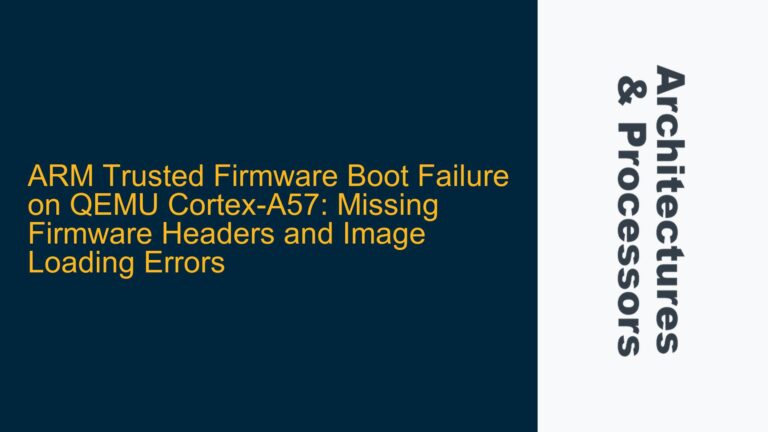Cortex-M7 Pipeline Architecture and Dual-Issue Execution
The Cortex-M7 processor is a high-performance embedded processor designed for applications requiring high computational power and efficiency. One of its key features is the dual-issue superscalar pipeline, which allows the processor to issue two instructions per clock cycle under certain conditions. This architecture is significantly more complex than the simpler 3-stage pipelines found in Cortex-M0, M3, and M4 processors. The Cortex-M7 pipeline consists of six stages: Fetch, Decode (1st Decode), Issue (2nd Decode), Execute #1, Execute #2, and Write/Store. Each stage is designed to handle specific tasks, and the dual-issue capability allows the processor to execute multiple instructions in parallel, provided there are no dependencies or hazards.
The dual-issue capability means that the Cortex-M7 can issue two instructions to different execution units simultaneously. For example, a load/store operation can be issued to the load/store unit while an arithmetic operation is issued to the ALU. This parallelism can significantly improve performance, but it also complicates the measurement of individual instruction execution times. The execution time of a sequence of instructions is not simply the sum of the execution times of each individual instruction, as some instructions may be executed in parallel.
Misleading Clock Cycle Measurements Due to Debugger Overhead
A common mistake when measuring the execution time of instructions on the Cortex-M7 is to use breakpoints in a debugger, such as Keil-MDK, to measure the number of clock cycles between two points in the code. This method can be misleading because the debugger itself introduces overhead, which can distort the measurement. For example, when a breakpoint is hit, the processor must halt execution, save its state, and communicate with the debugger. This process can take several clock cycles, which are not part of the actual instruction execution time. In the case of the Cortex-M7, this overhead can be particularly significant due to the complexity of the pipeline and the dual-issue capability.
To accurately measure instruction execution times, it is essential to use hardware performance counters, such as the Performance Monitoring Unit (PMU) or the Data Watchpoint and Trace (DWT) unit. These counters can provide precise measurements of the number of clock cycles taken by specific instructions or sequences of instructions without the overhead introduced by the debugger. The PMU, for example, can be configured to count the number of clock cycles, instructions retired, or other performance-related metrics. The DWT unit, on the other hand, can be used to count the number of clock cycles between two points in the code without halting the processor.
Optimizing Code for Cortex-M7 Pipeline Efficiency
To fully leverage the performance of the Cortex-M7 pipeline, it is important to understand how the dual-issue capability works and how to structure code to take advantage of it. The Cortex-M7 can issue two instructions per clock cycle if the instructions are independent and can be executed in parallel. For example, a load/store operation and an arithmetic operation can often be issued together, as they use different execution units. However, if the second instruction depends on the result of the first instruction, the processor must wait for the first instruction to complete before issuing the second instruction. This dependency can reduce the effectiveness of the dual-issue capability and increase the overall execution time.
One way to optimize code for the Cortex-M7 pipeline is to minimize dependencies between instructions. This can be achieved by reordering instructions or using techniques such as loop unrolling to increase the number of independent instructions available for parallel execution. Another important consideration is the placement of code and data in memory. The Cortex-M7 has Tightly Coupled Memory (TCM) regions, which provide low-latency access to code and data. By placing frequently accessed code and data in TCM, the processor can reduce the number of wait states and improve overall performance.
In addition to optimizing code for the pipeline, it is also important to consider the impact of memory access on performance. The Cortex-M7 has a Harvard architecture, which means that it has separate buses for instruction and data access. However, if the code or data is located in external memory, the processor may experience wait states due to the slower access times. To avoid this, it is recommended to place critical code and data in TCM or internal SRAM, which provides faster access times than external memory.
Conclusion
The Cortex-M7 processor’s dual-issue superscalar pipeline provides significant performance advantages over simpler architectures like the Cortex-M0, M3, and M4. However, this increased complexity also makes it more challenging to measure and optimize instruction execution times. Debugger-based measurements can be misleading due to the overhead introduced by the debugger, and it is essential to use hardware performance counters like the PMU or DWT for accurate measurements. To fully leverage the performance of the Cortex-M7 pipeline, it is important to minimize dependencies between instructions, optimize memory access, and place critical code and data in low-latency memory regions like TCM. By understanding the intricacies of the Cortex-M7 pipeline and following these optimization techniques, developers can achieve significant performance improvements in their embedded applications.
